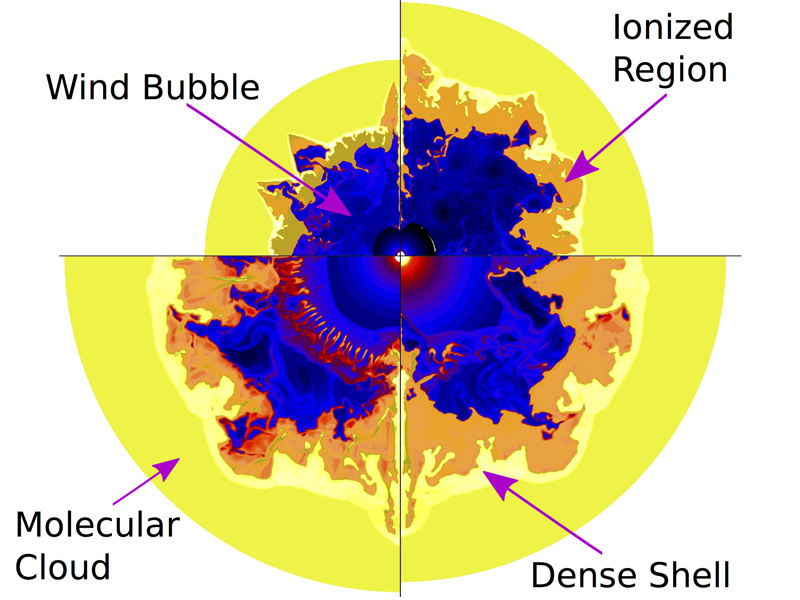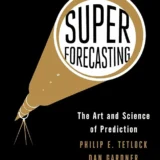
- A nanoparticle influenza vaccine developed at Georgia State University proved effective in mice.
- The researchers combined a pair of influenza proteins in a novel approach to vaccination.
- They plan on loading it onto microneedle patches for skin vaccinations in the next phase of testing.
Twice a year, researchers have a difficult decision to make: choosing influenza strains to include in the flu vaccine. Of course, they don’t always get it right. In 2014, for example, the flu vaccine was only 19 perfect effective, though just the year before it proved to be 52 percent effective. The vaccine is the product of educated guesswork, one that medical professionals would love to see improved upon. Sadly, this year it does not appear to be especially effective.
A potential breakthrough occurred last year when researchers at Georgia State University and Emory University tweaked an old influenza remedy and discovered that it cured ferrets of the virus. Further testing awaits on humans, but it represents an important step. Another has just been announced after a study at the Institute for Biomedical Sciences at Georgia State University: the potential development of a universal flu vaccine.
Worldwide, over 600,000 people die from influenza every year. While there are only three strains of influenza that affect humans (a fourth might make us sick, though we’re not certain), each strain has a number of subtypes. Guessing which of these is going to appear makes the vaccination results unpredictable. Though a major epidemic hasn’t hit us in a century—in 1918, 500 million people were affected by the flu, resulting in 50 million deaths—any year could result in such devastation. The 2017-18 season broke the record for number of deaths in America.
Could a Universal Flu Vaccine Replace the Seasonal Flu Shot?
Researchers at Georgia State University created a novel nanoparticle vaccine by combining a pair of influenza proteins: matrix protein 2 ectodomain (M2e) and neuraminidase (NA). Mice immunized with this vaccination received long-lasting protection against influenza. According to first author of the study, Ye Wang, this approach might help in the development of a universal vaccine.
“This nanoparticle antigen combination conferred mice with strong cross protection. It can protect mice from different strains of influenza virus. Each season, we have different flu strains that affect us. By using this approach, we hope this nanoparticle vaccine can protect humans from different strains of influenza virus.”
Co-author Gilbert Gonzalez states that previous flu vaccines haven’t focused on NA, which might explain the broad efficacy of this new vaccine.
“NA is becoming a more important antigen for influenza vaccine research. Previously, it had been ignored or discounted because hemagglutinin (HA) is much more dominant. When you get a flu infection, your body reacts to the HA.”
None

The flu isn’t broadly discussed until it affects large populations (or someone close to you). Yet every year it causes major damage. The most endangered populations are seniors and children. Last week, a four-year-old girl in Iowa became blind after combating this year’s flu. Two Nebraskan children and two children in Michigan have reportedly died this season. A new meta-analysis, combining 19 controlled studies, found that pregnant woman that receive the flu vaccine help protect their newborn.
Vaccination is especially important given that experts predict this year to be a particularly bad year. In Erie County, New York, there have been over 700 reported flu cases already this year, resulting in at least one pediatric death. At this point last year, there were only 100 cases. In Minnesota, 16 people have died this season, doubling the number of deaths from 2019.
The team at Georgia State University plan on loading this vaccine onto microneedle patches and testing it out via skin vaccination. Hopefully, this research will pan out, as a universal vaccine would be of great benefit to an under-discussed yet persistent killer.
—
Stay in touch with Derek on Twitter and Facebook. His next book is Hero’s Dose: The Case For Psychedelics in Ritual and Therapy.
This article was originally posted on Big Think









